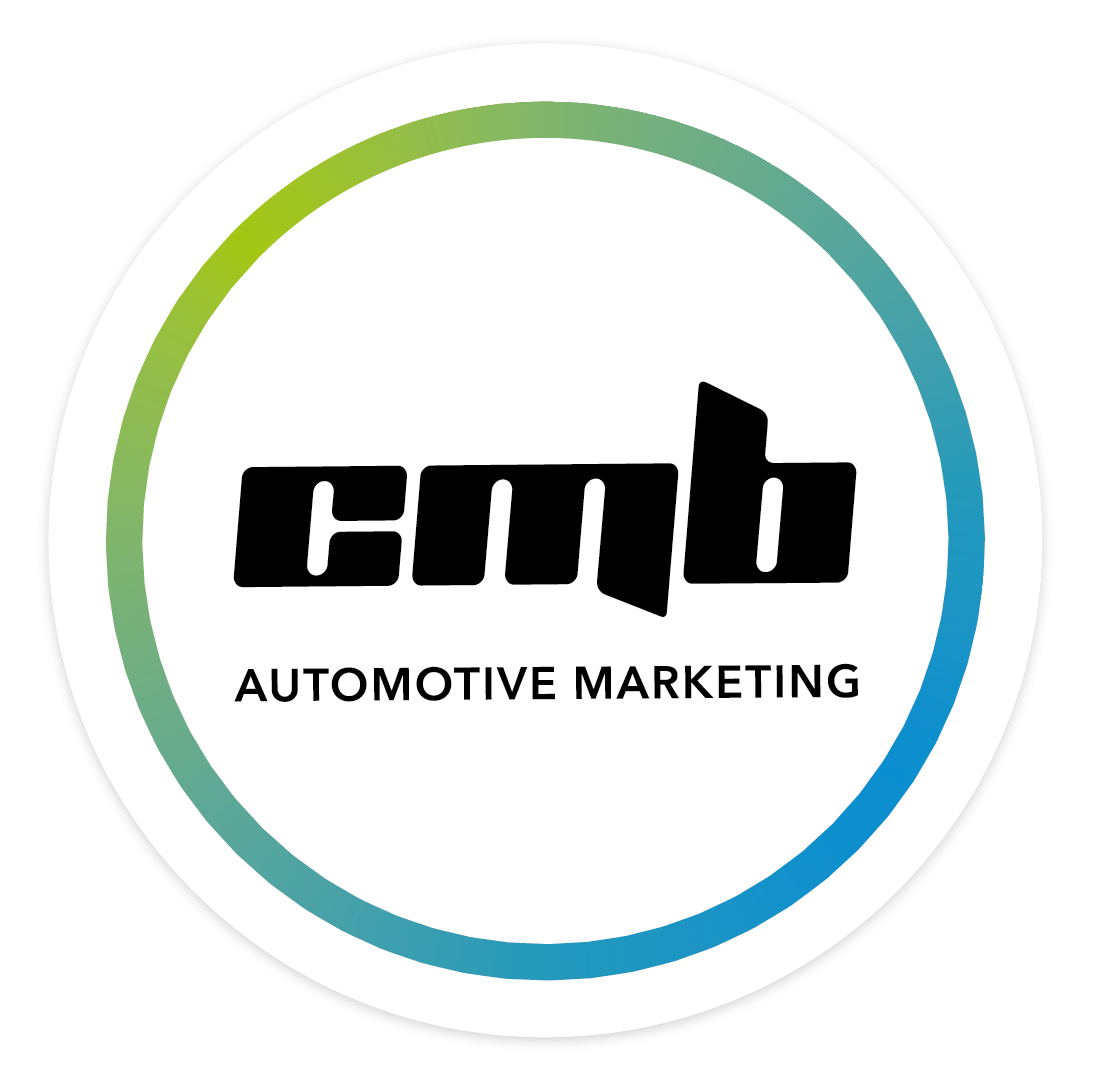Remember how we surveyed you with those nice colored scales during our presentation, at this year’s OESA Marcomms Summit?
Well, here’s what we found…
We recently had the pleasure of presenting at the annual OESA Marcomms Summit on Marketing’s Role in Navigating Change.
Disruption in the automotive industry being the hot topic and how this can be an ultimate opportunity for marketers.
Our goal was to gain insight about how the industry was feeling about all of this disruption as it pertains to your marketing efforts and the effects it may or may not be having on your brand.
We want to especially thank those of you who took part in our questionnaire and offer you some of our recommendations to the responses we received.
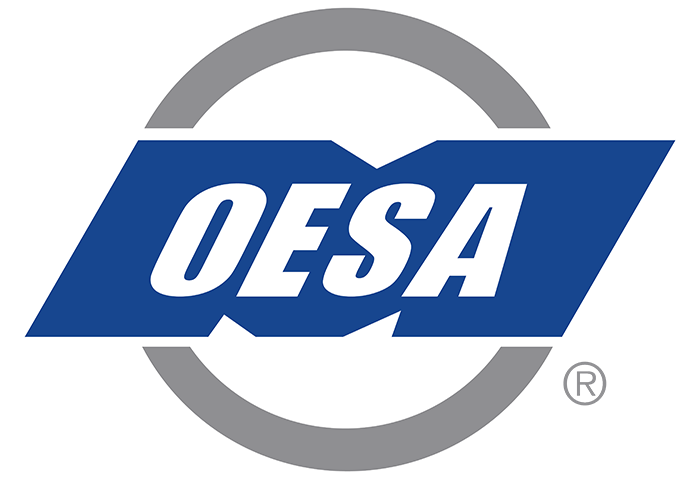
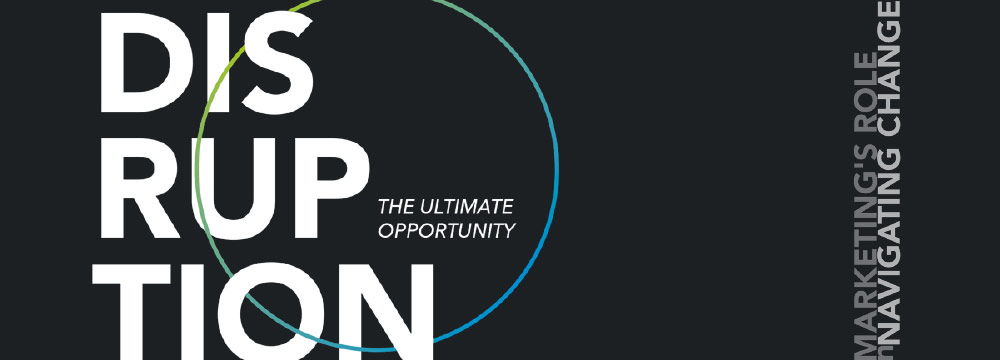
Part One

We found that…
as a group, you only feel a level of certainty of around 68% about the future of your businesses in the changing industry

We found that…
industry disruption is not necessarily having a positive effect on your business

We found that…
the majority of you do not feel clear on how to adapt to the challenges brought about by disruption
Our Recommendations…
All of this points out that many OE Suppliers are being forced to adapt to the changing requirements of the industry but aren’t necessarily clear on the right path to take.
There is no way to be certain about the future of anything, but it does help to set yourself up with a level of confidence that you are putting in the work to future-proof your company and its brand.
Disruption is being caused by multiple factors, from electrification to adopting new technologies and from global supply chain issues to general industry factors such as staffing and workforce problems.
We recommend that you dig a little deeper into the main factors influencing your own business to build a better picture of the problems you and your team face. When you understand the hurdles in front of you better, you can begin to develop new strategies and approaches to overcome these.
Take a viewpoint from your own marketing perspective but also consider the barriers and impacts across all areas of the business. Once you build a complete picture of how disruption is impacting your business, you can begin to prioritize and assign your marcomms to tackle these areas.
What is it you offer the market? Your product is not just a ‘widget’ but a solution to an industry problem. What is the value to the customer and why should they believe in your product? By asking these questions, we start to rebuild our value propositions that allows for continuous development and the expansion of our brands.
Consider diversification, export strategies, and even opportunity to expand product lines or service capabilities. Make sure your marketing enhances the changes being made, and communicate with your customers and the market as a whole. For those waiting in the wings for some clear direction, look for opportunity that change brings.

Part Two
Marketing, the compass that helps navigate change

We found that…
as a group, you are only about 77% accountable for setting marketing strategy for your companies
Our Recommendations…
Only 77% accountable for strategy?
We know… we recognize that not all of you may be directly involved in setting marketing strategy, but the majority of marketing execs, should at least heavily influence strategy and direction and hopefully be held more accountable in doing so!
Developing good marketing strategy is a key skill for marketers and an important part of the role we play in the business.
Good marketing strategy points out what is important and how to move from where we are now to where we need to be – and the steps we need to take to get there. It allows us to allocate resources and budgets effectively to achieve the objectives and targets we set.
Good strategy helps us stay focused on the things that are important and to push back against requests for ‘random acts of marketing’ which aren’t a part of the plan and that distract us from critical objectives.

We found that…
most companies are not using all aspects of the 4Ps to help guide their marketing strategy
Our Recommendations…
If the 4Ps aren’t being fully utilized to help guide you in setting marketing strategy, this suggests that you may be missing some vital elements or opportunities.
There is a potential opportunity to build more effective and robust strategies that set your business up for better success.
Using the 4Ps helps us to identify barriers and opportunities that may affect how we develop marketing strategy. We recommend getting back to basics and examining your marketing through the lens of all the 4Ps to ensure you’re not leaving opportunity on the table!

We found that…
the majority of you only feel only about 57% clear that your marketing strategy is producing positive results
Our Recommendations…
Developing effective marketing strategy includes understanding what objectives you really need to hit and how to measure the results of your efforts. Make sure you have a clear picture of what success looks like and set benchmarks BEFORE you put new marketing initiatives into place.
Use SMART objectives to help establish how well you hit your targets.
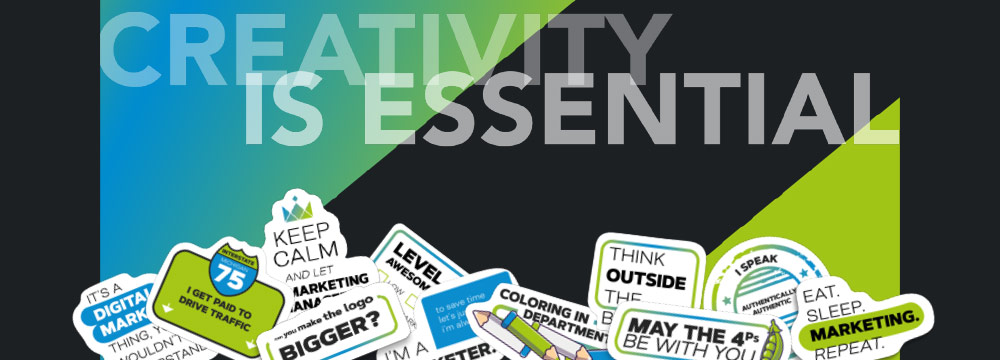

We found that…
your companies are encouraging and implementing a creative approach at a level of only 60%
Our Recommendations…
We frequently see that creativity is somewhat under-valued and often misunderstood in the automotive sector.
In the automotive world, dominated by engineering and technology integration, creativity can often be seen as a distraction.
Creativity is not a new concept but (even in 2022) it seems that leadership may say they value creativity, but they don’t exactly know how to empower within or let the people they’ve hired do the job they came to do!
Remember, creativity isn’t just about making things look great and what color you’re using. It also governs a way of thinking and allows us to move beyond the ‘we’ve always done it this way’ approach. This is an increasingly important mindset to adopt as the industry continues to evolve and move through rapid change. Explore different ideas and encourage collaborative approaches to widen the scope of your thinking.
Creativity has a significant positive impact on Marcomms. Not only does it elevate the work we do, it delivers impact to stand out and elicits a stronger emotional response from our communications – and unless you’re aiming your marketing at robots and not humans, we’re all affected by emotional responses (yes, even you engineers!).
It’s not always easy to convince non-creative thinkers that your ideas are particularly disruptive or innovative especially when it involves the financial resources of the company. But there are ways to help convince or adopt this way of thinking.
Try experimenting with new creative approaches on a smaller scale, with minimal budget requirement. If this approach shows signs of working or making impact, expand the idea to a larger scale. Just remember to benchmark, test and measure as you grow!
Whether it’s just you, or you’re leading your team to be more creative, here are a few of our favorite ways of coming up with creative ideas. Ask those ridiculous questions, consider the unthinkable, welcome brainstorming sessions (or whole days even) over unnecessary meetings, embrace thinking BIG to start and then scale to what suits your business.
When presenting your ideas, leverage the power of persuasion. Get industry allies to help make your idea grow stronger. Back it up with data and metrics from other companies that have used similar tactics. Place an emphasis on such metrics like how much time can be saved or how many resources can be released. When to present your idea is also just important. Timing is everything. Use your intuition and experience to present at the right time for your organization and avoid Mondays and Fridays at all costs!


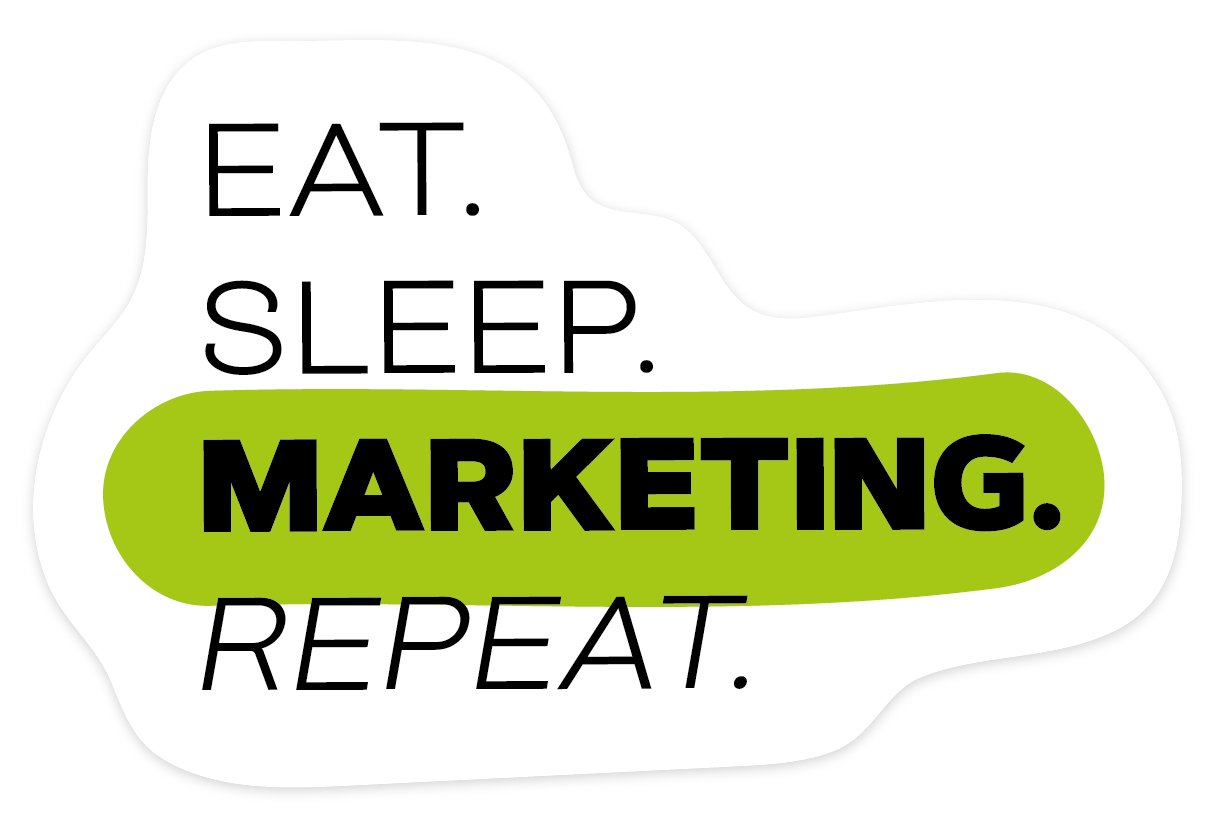

Part Three
The Impact of Rapid Change on Brands

We found that…
most of you only somewhat agreed that your customers provide feedback on your full product range
Our Recommendations…
Customers set the expectations
You must develop or adopt mechanisms to better understand the end user. The data is there and we need to act on feedback to identify what user expectations really are and what they think of your brand. This way you will always be aware of and meeting the need.
Take steps to strengthen your communication and request feedback frequently and openly.
Customer feedback only becomes meaningful once it is acted upon. No matter how small a remark you receive from a customer, record it and deal with it. And here’s the key part: tell them what you have changed. If you don’t, they might not stick around to find out.
Feature or request built in collaboration tools for commenting. In addition to communication, make sure that your Supplier Performance is actively worked on and placed as top priority.
Work with the people who have direct customer access, such as your account managers and sales teams, to ensure you build a strong picture of customer feedback.
Create marketing collateral that covers the full product range and distribute to your customers. Keep them regularly updated on product developments and especially any expansion of capabilities/products. This is especially important if your business has gone through recent M&A activity.

We found that…
your marketing initiatives are more often led by your sales team’s needs
This is unsurprising and common for most companies we speak with
Short-term sales focus seems to dominate marketing departments and this is easily understood. The short term only addresses the 5% of your available market that may be in the position to buy from you at any given point, marketing teams are missing a trick by not investing in longer-term brand-focused strategies. Investing in branding initiatives over an extended time frame has multiple benefits in comparison to purely short-term focused sales strategies and creates salience (making your brand come to mind when customers are in a buying situation).
Having a hard time getting your sales team to understand the importance of marketing?
Check out our B2B Sales Buying Cycle and bring it to your next sales meeting (Boom – Mic Drop!)
Sales and marketing should work hand in hand, pulling in the same direction but with a slightly different focus and set of objectives. However, we often see some misalignment between these areas. We find that marketing direction is often set by the needs and priorities of the sales department, but with a poor strategy in place, a sales team can hold a hierarchy over marketing decisions which inevitably focuses efforts on more short-term results.
The benefits of aligning your teams:
Creative problem-solving: When sales and marketing are aligned on objectives, they’ll contribute perspectives that differ which will lead to more creative and effective solutions.
Employee retention: Building trust, and respect between these two departments makes it more likely that employees will want to continue working together. Make sure to communicate so that no one views this alignment as a burden to their workload.
To implement this, ask marketing team members to listen to a few sales calls per month and invite marketing to debrief meetings or other sales-related meetings and events.
Having marketing team members shadow sales calls can spark topic ideas for great sales enablement content.
Using marketing resources, the sales team may find gaps in the sales process, suggest more relevant sales collateral, or even discover customer pain points that hadn’t been considered by the sales team.
- A recurring brainstorming session is another way to bring sales and marketing together.
- To lead productive brainstorming sessions, ask questions like:
- What common questions do prospects ask during the sales process?
- What sales-related questions are time-consuming to answer?
- When emailing leads, what is the most common content used?
- How are they wording the subject line?
- What kind of content are your salespeople most requesting?
- Is your sales team using any particular type of verbiage about the company, product, or service
- Does that verbiage resonate with a prospect?
- In the sales process, what are the common barriers keeping a prospect from moving forward?
By holding team brainstorming sessions you reveal content ideas and uncover insights along with aligning your teams to the process from start to finish.
- Provide knowledge about prospects
- Marketing can provide the sales team with additional information on prospective buyers.
- Implement a process that enables salespeople to access background information on people they’ve scheduled meetings with.
A salesperson would likely find valuable information on leads from the marketing team, such as:
How the lead learned about the company. The marketing automation software can extract this information from the website form submissions.
How the lead found the company’s website (e.g., organic search, direct traffic, or referral link). Sources can reveal a lead’s intent and readiness to buy.
Which content your leads engaged with on your website. The sales team can use this information to determine what solutions the prospect is most interested in and what topics they already have knowledge of before a meeting.
You can also find out bits of information the lead provided. Such as title, budget, or company size.
Get sales and marketing aligned and encourage mutual feedback. With that, you can avoid the sales-marketing misalignment that plagues so many organizations and forces them to leave so much money on the table by focusing only on short-term results.
And lastly, review and audit the content you have
Buyer behavior has changed as a result of industry disruption, with a third of buyers spending more time on pre-purchase research, while a quarter spends less time speaking with vendors. B2B buyers are increasingly relying on written content to make decisions about products and services, so sales and marketing teams need to be strategic about the content they send them.
When strategizing, it is essential to audit the available sales content and how it is being utilized. Make a note of what collateral you have and what you might be lacking.
- Is your collateral outdated and requiring revisions?
- What questions do leads frequently ask the sales team?
- Should the sales team be more involved in lending their insights for content?
- What content do you have now that does the heavy lifting?
The goal here is to review your content against your objectives so you can see what’s not meeting expectations or what is being underused so you can determine whether your content marketing strategy needs to be realigned.
Now, let’s talk budgets…

We found that…
48% of companies are only investing 25% or less of their marketing budgets into brand building!
Our Recommendations…
These numbers can vary for all types of brands but where we generally see the best impact is when you follow the 60/40 marketing rule.
Depending on your specific objectives, we usually recommend about 60% of your marketing budget being spent on brand, with around 40% towards demand allocated towards sales focused or lead-gen, digital and traditional marketing.
If you are launching a new product or entering a new space, we recommend pushing this higher, to something around 80% branding.
If you are falling below 50% of your budget on brand, then you are placing too high importance on short-term sales impacts and this may have ramifications for brand effectiveness over time.
Direct response efforts yield fast results and quick hits. However, they become gradually less effective over time and, with extended B2B sales cycles, any initial impact may ultimately be squandered if brand marketing isn’t maintained to ensure salience at the point of purchase.
Brand marketing works on a very different timeline. It takes longer to ramp up, but it delivers better returns in the long run. A year later, when the fruits of lead generation have long since fallen by the wayside, the results of successful branding are still going strong!


We found that…
you would agree that your brand is relevant for the future of the auto industry
Our Recommendations…
You are putting a huge amount of time and effort into your work so you may initially agree. But, to find out if you are truly maintaining relevance in the changing industry, ask yourself these questions:
- Are you taking a human-centered approach? Developing emotional responses in your communication is shown to be more effective
- Are you transparent throughout your journey? People like a good story.
- Are you asking the client what they want? Open up lines of communication. Your customers are people too and not just large companies.
- Do you prioritize integrity and hold true to your values?
- Do you apply your values to current events?
- Do you invest in R&D?
- Does your company promote a diversity workplace model? Accepting a greater diversity of perspectives challenges conventional ways of thinking and helps you appeal to the next generation.
If you answered NO to any of the above, then it’s maybe time to re-analyze your brand. Use your responses to these questions to guide your initial brand analysis to maintain a relevant brand.

We found that…
most of you only somewhat agree that you are seeing positive results from your brand activity across all channels
Our Recommendations…
Your brand is not just what YOU think it is – it’s more accurate to describe it from the lens of your customer or market, in essence, what they believe it to be.
Developing your brand is the process of controlling how your brand is seen and therefore changing the external perception of your brand and ultimately influencing purchasing behavior.
Your brand image comes down to how your customers view your brand and not how you view your brand. A major implication of not having a clear brand strategy is a poor perception of credibility which leads to poor results from your brand activity.

We found that…
you are unsure and neither agree or disagree that you’re communicating your brand effectively
Our Recommendations…
Are you highlighting the key differences that set you apart as your brand value proposition?
Review your brand’s identifying features. Do they align with your value proposition? When your brand’s identifying features are shaped by your value proposition, you are providing visuals of the functional and emotional benefits of your company and its brand.
Try these ways to communicate your brand better:
- Experiential marketing
- Showcase your brand in the real world
- Set clear, broad brand guidelines
- Escape your constraints
- Create cohesive online and offline experiences
- Find ways to show your company culture
Your brand image must be incorporated into EVERY marketing campaign and committing to your desired brand image will increase positive results.

If you are figuring out how to adapt to disruption and would like some practical advice and guidance on how to develop marketing strategies that guide you through rapid industry change, CMB can help you take this journey.
We can provide you with the expertise and support to transform your marketing and develop a powerful automotive brand fit for whatever the future brings.
CEO
T: (248) 817-8848 | chris@cmbautomotive.com
Director of Marketing, North America
T: (248) 817-8848 | emily@cmbautomotive.com


